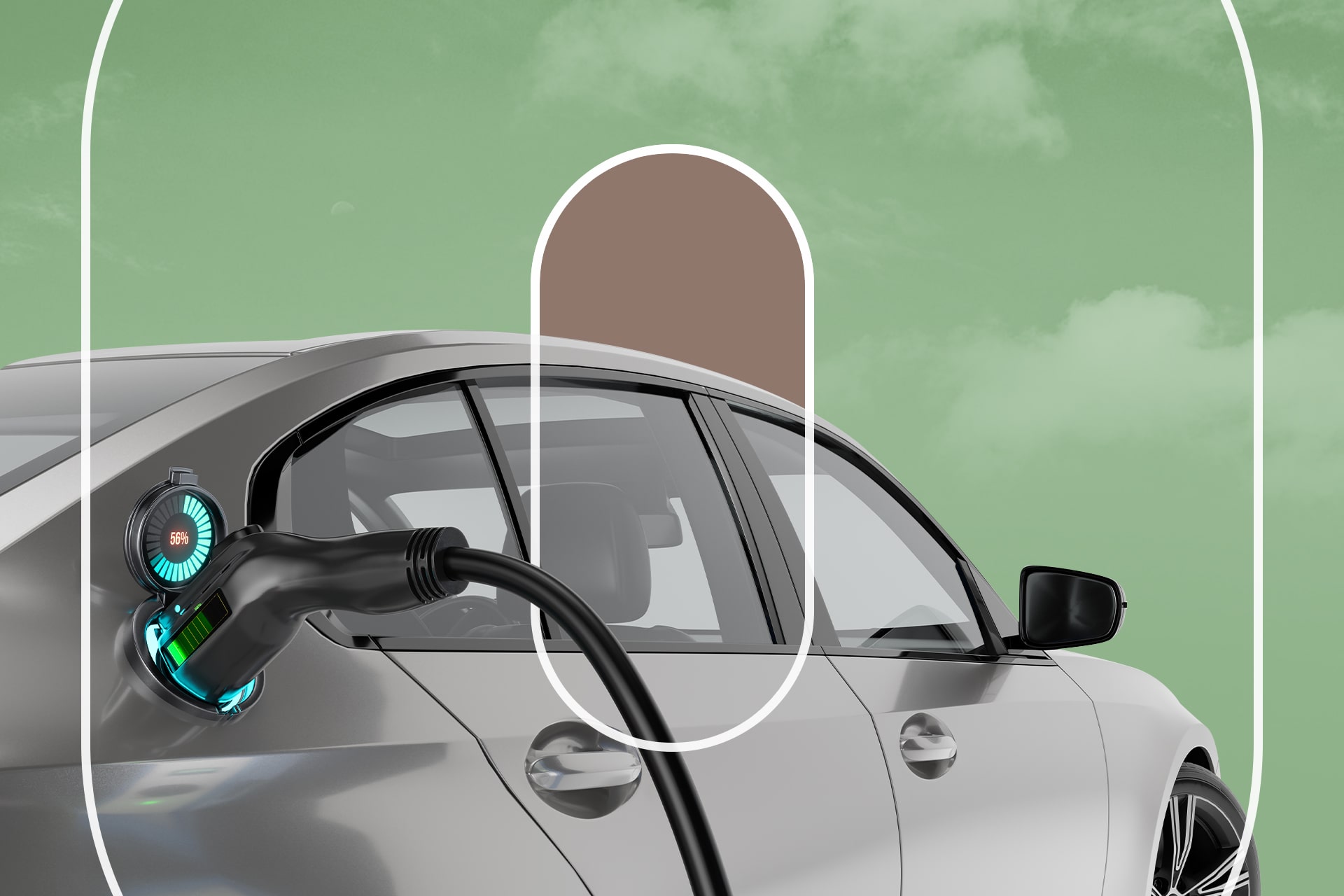
How Does a Hybrid Car Work?
We are reader-supported. When you buy through links on our site, we may earn affiliate commission.
You’ve probably heard a lot about hybrid cars in the past decade. More and more people are making the switch from their standard gasoline-powered vehicles to either hybrid vehicles or electric vehicles, but you’d probably like to know how does a hybrid car work before you’re ready to make the switch.
Climate change and other environmental issues stem from carbon emissions, many of which come from vehicles powered by fossil fuels. In fact, 29% of the total greenhouse gas emissions in the United States come from transportation. It is the most significant contributor to greenhouse gases.
Additionally, one typical passenger vehicle will emit almost five metric tons of carbon dioxide every year. Of course, it varies depending on the car and the type of gas used and the number of miles driven. Still, that’s a lot of carbon dioxide, especially considering how many vehicles there are in the United States.
Because of the immense amount of carbon dioxide and the effects standard vehicles have on the environment, many have traded in their gasoline, carbon-emitting vehicles for a hybrid. For those of you who made the switch or are considering it, you might want to know what a hybrid is all about. How does a hybrid car work?
What Is a Hybrid Vehicle?
A hybrid vehicle combines an electric motor with a gasoline engine. The entire system gathers energy through regenerative braking. At some times, the electric motor will do all of the work for the car. Other times, the gasoline engine will do the work. And even further, sometimes, both the electric motor and the gas engine will work together.
Overall, less gasoline burns up in the process. This is better for fuel economy. Electric power can boost the performance of the car, too. It’s better for the environment as well.
How Does a Hybrid Car Work?
The electricity from a hybrid vehicle may come from a battery pack or from charging the internal battery. Depending on the type of hybrid vehicle, the car can charge the battery through regenerative braking, the internal combustion engine or from a plug-in option. Regenerative braking simply captures the energy that is usually lost when you brake or coast. That energy uses the motion of the wheels to turn the motor, which creates electricity and slows the car.
In addition to regenerative braking, hybrid vehicles also have an electric motor drive and assist. Instead of the car entirely relying on gasoline, it uses the electric motor for acceleration, hill climbing and passing. It’s more efficient for these driving methods because they would often require the most gasoline.
Another feature of most hybrid cars is that they have an automatic start and stop. When you come to a complete stop in a hybrid vehicle, the engine will completely and automatically shut off. When you press on the accelerator, the vehicle restarts. A lot of energy wastes away when a vehicle sits idle, whether it be at a stop sign, traffic light or drive-thru. This reduces the amount of energy wasted.
Types of Hybrid Cars
While most hybrid vehicles work the same way, there are slight differences in the types of hybrids. There are many types of combustion engines, and there are many types of hybrid vehicles. Below are the multiple types of hybrid cars:
- Series Hybrid: The series hybrid is an electric vehicle, but it has a gas-powered generator attached to it. The only purpose of the generator is to recharge the battery. Therefore, the battery powers the electric motor, which handles the motion of the car.
- Parallel Hybrid: A parallel hybrid vehicle is the most common type of hybrid available. Both the battery-powered electric motor and the gasoline engine connect to the wheels. Usually, they connect through transmission lines. Some models can have up to three electric motors. The systems work together to power the vehicle.
- Plug-In Hybrid: The plug-in hybrid (PHEV) is like a parallel hybrid, except for the fact that it has a larger battery that must be charged through another source, like an electric plug. Since it has a larger battery pack, it can store more energy and can even drive with only electricity. However, that range of 100 percent electricity is typically only available for shorter trips.
- Mild Hybrid: Mild hybrid vehicles use a smaller battery pack and an electric motor. These only act as assistants to the gas engine, and they help improve overall fuel economy. If you wanted to drive on total electricity, the battery and motor on these would be too small. However, it does power the starter and the start and stop technology.
- Full Hybrid: Finally, there’s the full hybrid, which uses electrical components to drive the car independently. It doesn’t require the use of gas engines. Full hybrid vehicles encompass parallel, series and plug-in hybrids.
There are multiple types of hybrid cars. Before you switch to a hybrid vehicle, you should research what kind you would want or what would work best for your vehicle needs.
Will You Make the Switch to a Hybrid Vehicle?
Hybrid cars are much better for the environment than gas-powered vehicles. They are great for fuel economy and cut down emissions. Now that you know how a hybrid car works, you can better decide whether it’s right for you.
Share on
Like what you read? Join other Environment.co readers!
Get the latest updates on our planet by subscribing to the Environment.co newsletter!
About the author
Jane Marsh
Starting from an early age, Jane Marsh loved all animals and became a budding environmentalist. Now, Jane works as the Editor-in-Chief of Environment.co where she covers topics related to climate policy, renewable energy, the food industry, and more.





